Path of an ophthalmology resident at Cole Eye Institute

Residency is a three-year journey that sets the trajectory of your career. With many milestones along the way, here is a look at the path an ophthalmology resident at the Cole Eye Institute follows on his or her way to prestigious fellowship programs and top academic or clinical positions.
Advertisement
Cleveland Clinic is a non-profit academic medical center. Advertising on our site helps support our mission. We do not endorse non-Cleveland Clinic products or services. Policy
Faculty members pore over 500+ applications for the residency positions and invite about 50 for interviews.

Residents secure housing in the Greater Cleveland area. Excellent schools, reasonable commutes and affordable housing make the suburbs attractive for young families, while downtown has trendy options for those who prefer urban living.
Getting started
Residency kicks off with a weeklong introduction to Cleveland Clinic’s culture, infrastructure and electronic medical record system.
Learning the ropes
It’s back to the Cole Eye Institute for a two -week high-yield orientation course. Topics include how to perform a complete ophthalmologic workup and a review of the most common conditions residents will see early in the program.
Getting a mentor
All residents get a physician “mentor” who will serve as their professional adviser and advocate. The duo will meet formally at least twice a year. Residents also meet monthly with the program director to provide feedback on the program.
Staying in touch
All residents get an iPhone® to access email and patient software and to be paged. They also receive a yearly allowance for textbooks, journal subscriptions or a tablet device.

Blocking
By the end of the first month, residents star t the eight first-year rotational “blocks.” Four blocks are spent at MetroHealth Medical Center’s resident-run ophthalmology clinic, with oversight from an attending staff member.
More rotations
The rest of the first year is spent rotating between retina, uveitis and anterior segment. These blocks are structured as mini apprenticeships — residents are partnered with staff experts.
Advertisement
Buddy call
First-year residents provide primary coverage via home call for evening and weekend emergencies at MetroHealth Medical Center. A “buddy-call” system devised by the residents allows the first-year residents to be directly super vised by a third-year resident until he or she is comfortable managing patients independently. If an operating room procedure is required, an attending physician is always present.
Surgical training
Weekly surgical training laboratory sessions also begin in the first year. Our training simulation laboratory has advanced workstations, including operating room-grade microscopes, phaco units and the Eyesi surgical simulator, the most realistic virtual reality ophthalmic surgery training device. On any given day, as many as four staff instructors are present.
Other first-year highlights
Advertisement
Continuing rotations
Second-year clinical rotations delve deeper into pediatrics, oculoplastics, neuro-ophthalmology and ocular oncology. Residents perform extensive macroscopic ophthalmic interventions and recruit patients for refractive surgery. They complete rotations at community sites, performing many primary cataract surgical procedures with close supervision. Second-year residents provide ophthalmic home call coverage for Cleveland Clinic and the Cole Eye Institute, with staff physicians and subspecialty fellows serving as backup providers.

Looking ahead
Many residents are developing a subspecialty interest at this time. Cole Eye Institute residents consistently match to top subspecialty fellowship programs.
Pursuing quality
Participating in the Quality Improvement and Patient Safety committee helps residents learn from dilemmas in patient care and risk management, fostering a culture of conscientious error reporting and continuous self-improvement.
Full immersion
Residents are now fully immersed in their surgical training. Rotation blocks cover glaucoma surgery, retinal and vitreoretinal surgery, and anterior segment surgery. Residents also can perform femtosecond laser-assisted cataract surgery and work with premium intraocular lenses.
Selecting a chief
The residents and the faculty vote on a chief resident, with the resident votes carrying equal weight to the faculty votes. The new leader attends a two-day leadership course offered by the Cleveland Clinic Academy in July.
Capping off the year
Advertisement
Resident Research Day lets residents and fellows present their research from the previous year. Cole Eye Institute residents typically graduate with the highest number of peer-reviewed journal articles and scientific presentations of any trainee at Cleveland Clinic. Many of these projects are published in premier medical journals and presented at national or international venues. The evening also includes the graduation ceremony and awards. Spouses and families join the celebration. Residents are toasted (and occasionally “roasted”) by their faculty mentors and have the opportunity to respond in kind. The evening concludes with the “Resident Skit,” a production that generates raucous laughter and water-cooler discussion for weeks.

Lifetime ambassadors
After graduation, residents’ affiliation with the Cole Eye Institute is by no means over. Alumni are invited to formal receptions at national meetings as well as numerous informal interactions. They are lifetime ambassadors of our program.
Advertisement
Advertisement

Cole Eye Institute imaging specialists are equal parts technician, artist and diagnostician

Speakers and topics for Booth 6336
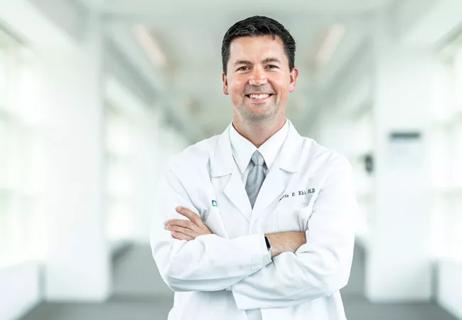
Innovative work earns ASRS and Macula Society awards for Justis P. Ehlers, MD
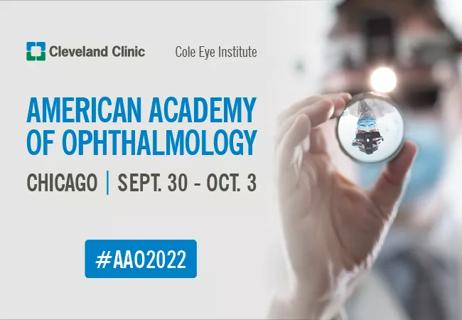
Speakers and topics for Booth 3254
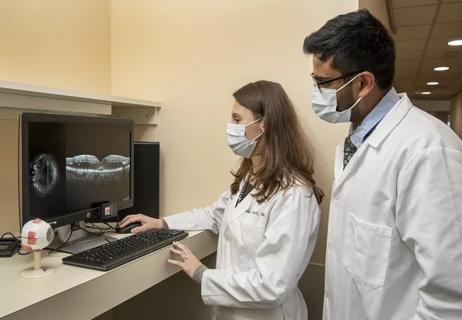
Former internship year now includes specialization in eye care
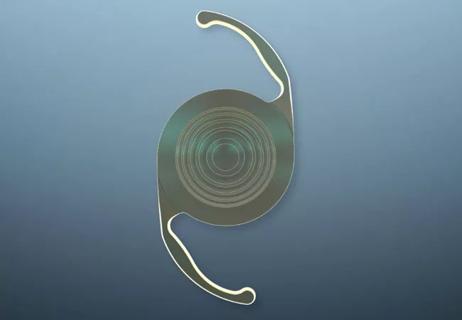
The art of refractive cataract surgery

Is disorganization of retinal inner layers (DRIL) a useful prognostic indicator?
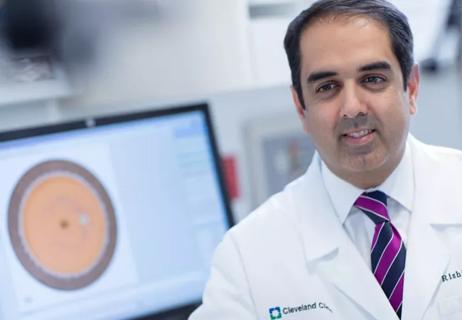
ASRS recognizes Rishi P. Singh, MD, for work in diabetic eye disease